In this post, Inventor Student Leader Ari Elder reflects on Deaf History Month which spans from March 13 - April 15. These dates were chosen to commemorate three major milestones in Deaf education starting when Laurent Clerc, Mason Cogswell, and Thomas Hopkins Gallaudet founded the American School for the Deaf, the first US public school for the deaf, on April 15, 1817. Next, on April 8, 1864 Gallaudet University became the first institution for the advanced education of the deaf and hard of hearing. Finally, on March 13, 1988 Irving King Jordan became the first Deaf president of Gallaudet University after the Deaf President Now protests which called for representation from the Deaf community within the school’s faculty. To this day Gallaudet is still the only higher education institution where all of the instruction is particularly developed for deaf and hard of hearing students. This name may also sound familiar from the 2020 Netflix series Deaf U that shares the stories of a group of GU students. In addition to the noteworthy people already mentioned here are five more Deaf visionaries who have made amazing contributions in the sciences, arts, sports, and media.
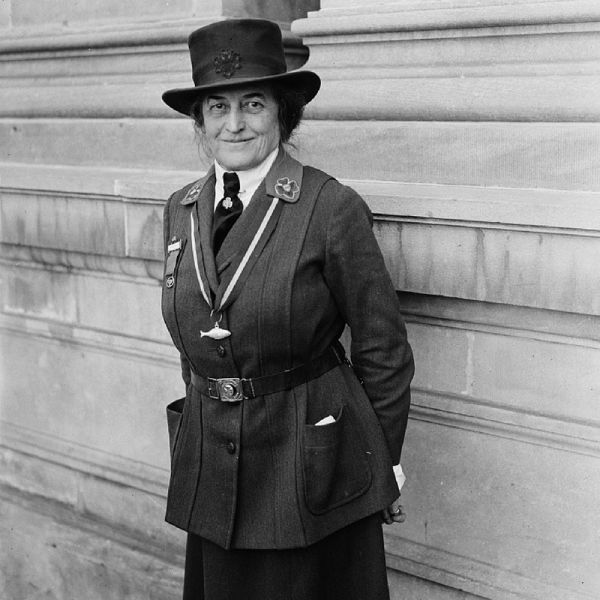
Juliette Gordon Low was the founder of the Girl Scouts of America. Born in Savannah, Georgia in 1860, Low became deaf after a series of illnesses as a child. Low was very fond of the arts and enjoyed learning new skills like sewing, poetry, writing and painting. In 1911 she met Sir Robert Baden-Powell, founder of the Scouting Movement composed of the Cub Scouts, Boy Scouts and Rover Scouts. His sister Agnes Baden-Powell was inspired by the Boy Scouts to form an offshoot for young girls in the United Kingdom called the Girl Guides. Low brought the idea for the Girl Guides back to her hometown in Savannah and renamed them the Girl Scouts. Today the Girl Scouts teaches empowerment, leadership, and practical skills to over 1.8 million girls across the country.So next time you pop open a box of those nostalgic cookies, remember to raise a Thin Mint for GSUSA founder Juliette Gordon Low.
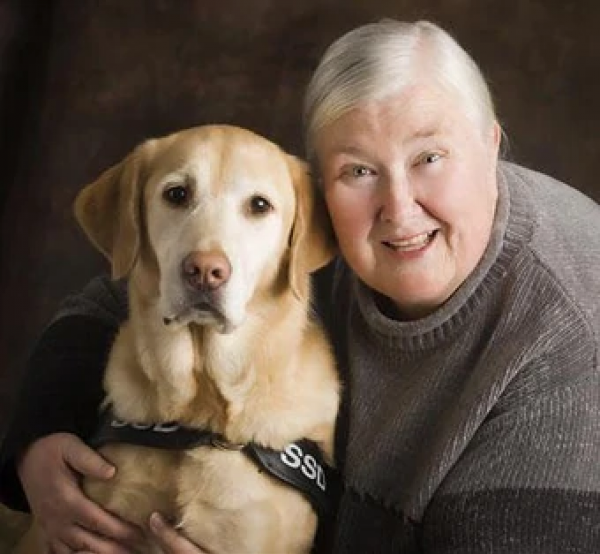
Sue Thomas was born in Boardman, Ohio in 1950 and became deaf at just 18 months old. Through speech therapy she became very skilled lip reading. In fact, she was so skilled that in 1979 Thomas became a lip reader for the FBI, conducting undercover work and helping to solve many high profile cases. Her story was used as the inspiration for a television series called Sue Thomas: F.B. Eye that ran from 2002 - 2005. After her achievements with the FBI, Thomas went on to publish two autobiographies and become a public speaker delivering keynotes across the country on education, deafness, and her battles with multiple sclerosis. Today Thomas resides in a log cabin in Vermont, but don’t underestimate her quaint surroundings. Sue Thomas will still know you’re lying if your lips are moving.
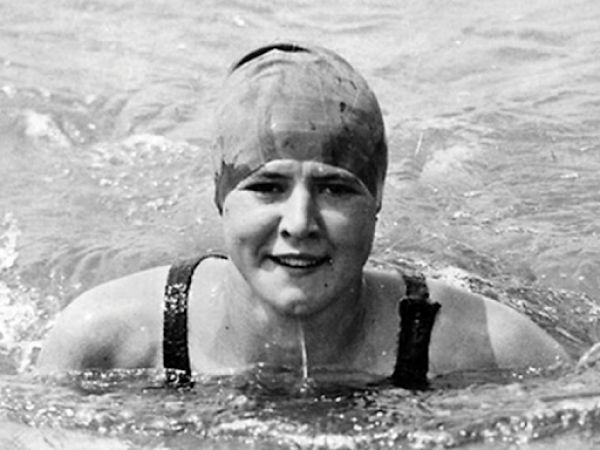
Gertrude Ederle was born in Manhattan, New York City in 1905 and became hard of hearing due to childhood measles. Her father taught her to swim as a child and she soon began training at the Women’s Swimming Association setting 29 national and world records by the time she was 20 years old. Ederle competed in the 1924 Paris Summer Olympics where she won three medals including a gold medal in the 4×100 freestyle relay. On August 6, 1926, Ederle became the first woman to successfully swim across the English Channel. In 2003 National Women's Hall of Fame she was inducted into the National Women's Hall of Fame. A film based on her life starring Daisy Ridley is set to stream on Disney+ by 2022. Though the movie is still in production, with such an inspirational story as its basis, I expect that the reviews will go just swimmingly.
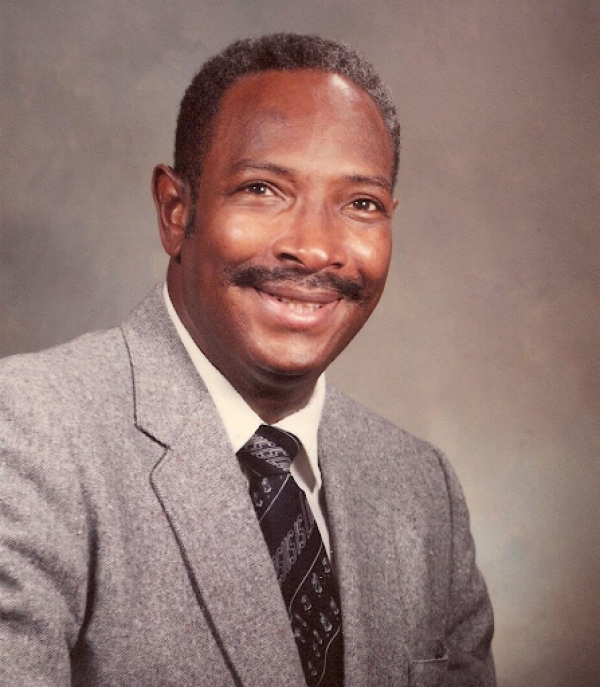
Andrew Foster was born in Ensley, Alabama in 1925. He became deaf after contracting spinal meningitis at the age of 11. Due to racial segregation in the southern United States, Foster struggled to earn a formal education beyond the eighth grade. It was not until after WWII that he was encouraged to apply to Gallaudet University. After several attempts, Foster was finally admitted and became the first African American to attend and graduate from Gallaudet. He then pursued a Master's degree in education and began doing missionary work for Deaf children in Africa. Foster is believed to have established the first formal deaf education and signed language in Ghana and other African countries. Throughout his career he built 32 churches and schools for the Deaf and is known as "Father of Deaf Education in Africa." In his life and legacy he was truly able to Foster a new future for Deaf education.
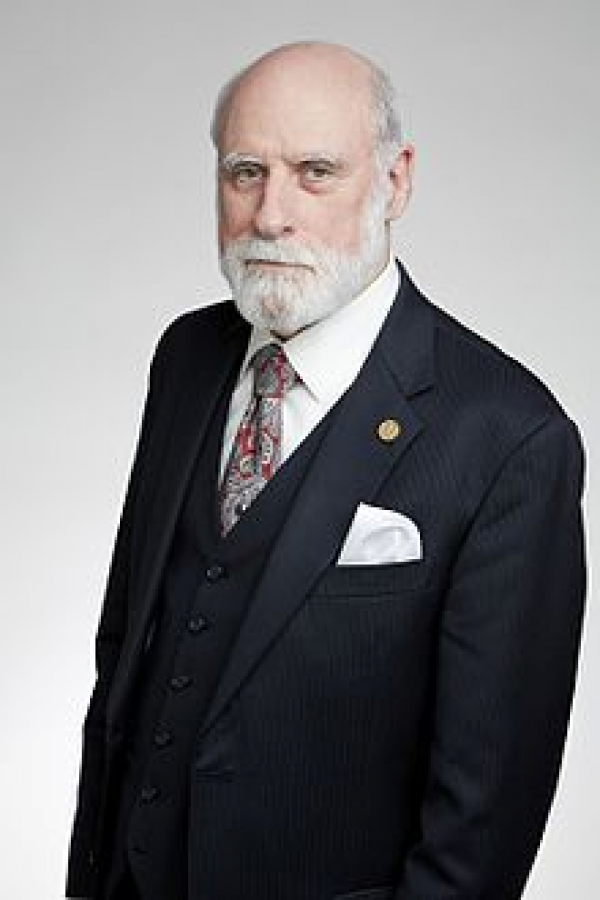
Vinton Cerf was born in New Haven, Connecticut in 1943 and is commonly known today as the “Father of the Internet.” Cerf studied mathematics at Stanford University and later attended graduate school at UCLA where he met Bob Kahn. Together Cerf and Kahn developed the first Transmission Control Protocol (TCP) and the Internet Protocol (IP). These models set the framework for the early internet. In 2012 both men were inducted into the Internet Hall of Fame as Pioneers. Cerf is hard of hearing and has required hearing aids since the age of 13, and his wife also lost her hearing at a young age. Cerf has been a vocal advocate for accessibility within science and technology. He currently serves on the board of trustees at Gallaudet University and continues to promote disability advocacy. Hopefully, we all remember the “Father of the Internet” the next time we Cerf the web.
You can read about hundreds of other famous people in Deaf culture and Deaf history here https://www.startasl.com/famous-deaf-people/